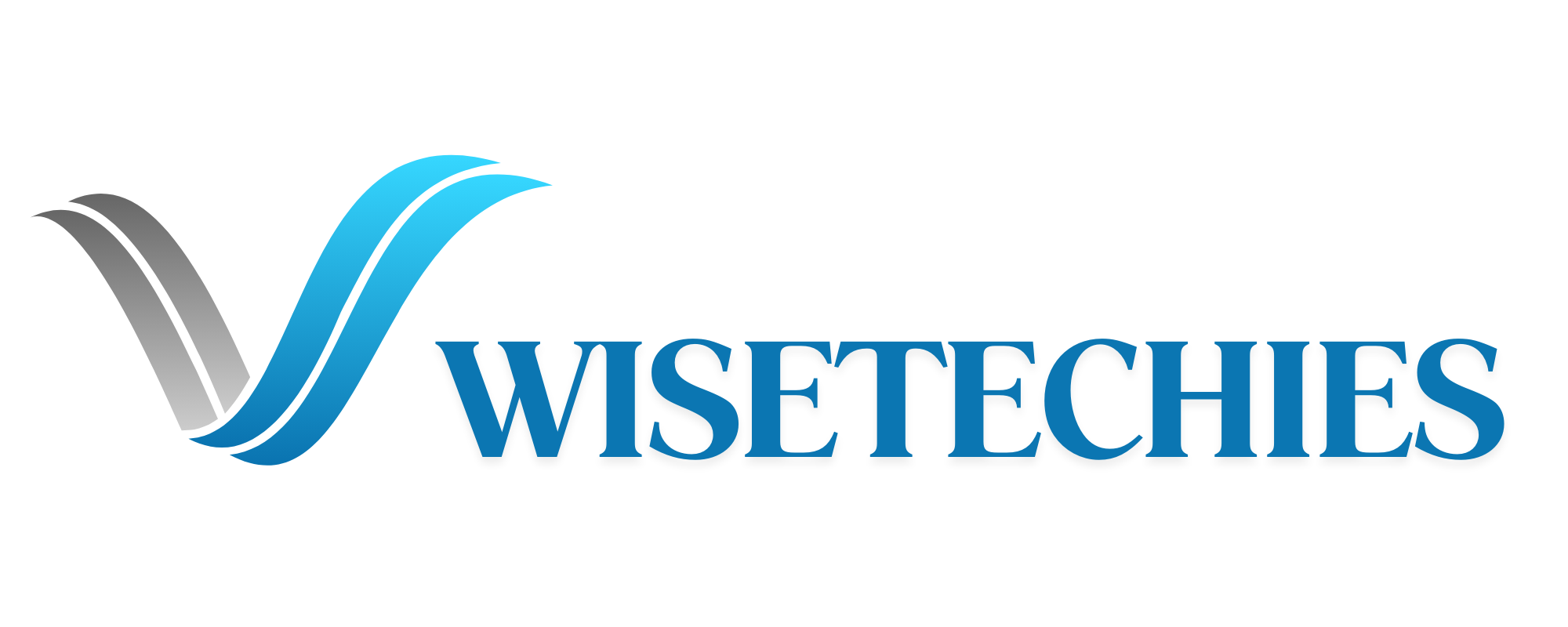Data Science Demystified: A Practical Introductory Course

Data Science is an interdisciplinary field that uses scientific methods, processes, algorithms, and systems to extract knowledge and insights from structured and unstructured data. This practical introductory course aims to demystify data science and provide a clear understanding of its fundamentals.

1. Introduction to Data Science
- Definition and Scope: Understanding what data science is and its importance in today’s data-driven world.
- The Data Science Process: An overview of the typical steps in a data science project: Ask questions, gather and clean data, explore/analyze the data, model the data, interpret the results, and make decisions.

2. Basics of Data Handling
- Data Types and Structures: Learn about different types of data (numerical, categorical, timeseries) and structures (like DataFrames in Python).
- Data Collection and Cleaning: Techniques for collecting data and the importance of cleaning data to ensure accuracy and reliability in analysis.
3. Introduction to Statistical Analysis
- Descriptive Statistics: Understanding basic statistical measures mean, median, mode, variance, standard deviation.
- Inferential Statistics: Introduction to hypothesis testing, pvalues, confidence intervals, and their significance in making inferences from data.
4. Exploratory Data Analysis (EDA)
- Using Visualizations: Learn how to use visual tools (like histograms, box plots, scatter plots) to understand patterns and relationships in data.
- Data Exploration Techniques: Techniques for identifying trends, outliers, and correlations.
5. Basics of Machine Learning
- Supervised vs Unsupervised Learning: Understanding the differences and applications of these two main types of machine learning.
- Basic Algorithms: Introduction to linear regression, logistic regression, clustering, and decision trees.

6. Tools and Technologies in Data Science
- Programming Languages: An overview of Python and R, the most popular languages for data science.
- Data Science Libraries and Tools: Introduction to libraries like Pandas, NumPy, Matplotlib, Seaborn, Scikitlearn.
7. Practical Applications of Data Science
Case Studies: Explore realworld applications of data science in various industries such as finance, healthcare, retail, and more.
8. Next Steps in Learning Data Science
Resources for Further Learning: Books, online courses, and tutorials for further exploration.
Building a Portfolio: Tips on how to build projects and a portfolio to showcase your data science skills.

This course provides a solid foundation for anyone looking to enter the world of data science. By understanding the core principles, tools, and applications of data science, learners can begin to apply these skills in realworld scenarios, paving the way for advanced study or a career in this dynamic and exciting field.
